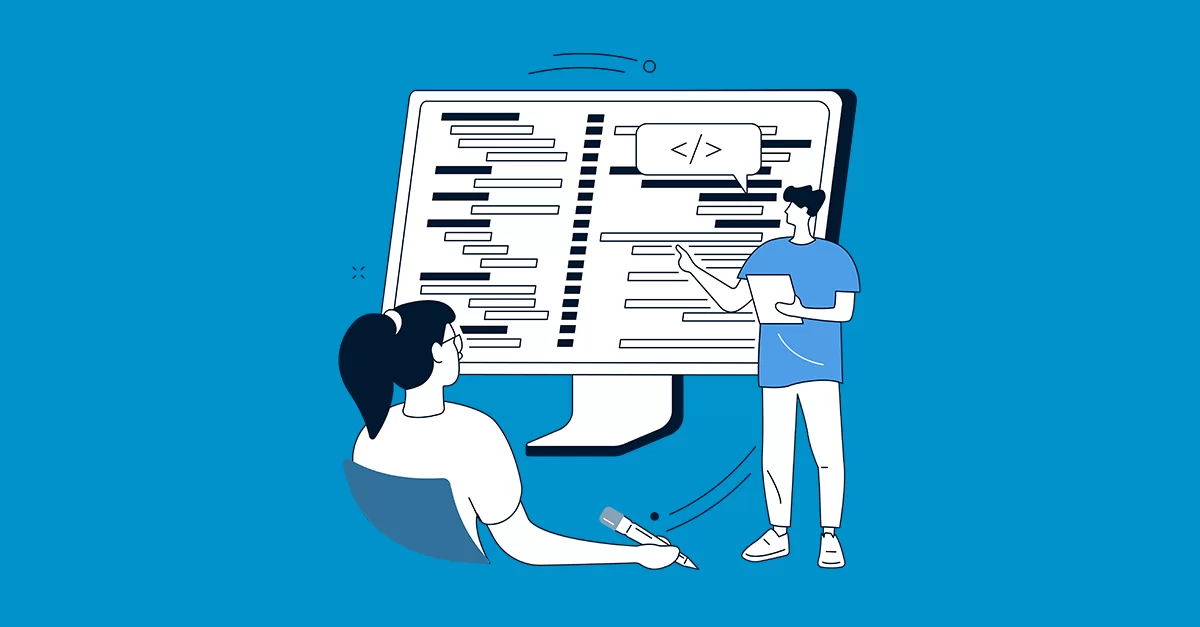What Do Digitalization Projects Include?
Small and medium-sized enterprises can no longer stand out in today’s competitive landscape solely with price and service quality; SMEs that fail to digitally transform their business processes quickly fall behind. However, when it comes to digitalization projects, high software development costs, long project timelines, and the need for technical expertise create significant barriers for many SMEs. Traditional software development methods—with months of analysis and coding—strain budgets and limit agility.
The Low-Code Development Platform approach offers SMEs speed, flexibility, and cost-efficiency all at once, providing a strong alternative to traditional software methods. These platforms make it possible to build rapid prototypes, integrate with existing systems, and deliver scalable solutions tailored to business needs—all without complex coding languages, thanks to intuitive drag-and-drop interfaces.
Would you like to make your business processes faster, more transparent, and more efficient? With low-code platforms, even non-technical users can create automation and digitalization projects through simple drag-and-drop actions. For a detailed guide, check out our blog: “What Is Low-Code in Digitalizain Business Process ?”
The Importance of Digitalization and Challenges Faced by SMEs
Digitalization projects are no longer just a technological innovation for SMEs—they have become a necessity for operational efficiency and enhancing customer experience.
However, SMEs often encounter the following challenges on their digitalization journey:
- Budget constraints→ Unable to invest in large enterprise solutions
- Lack of technical expertise→ Difficulty implementing complex software
- Employee adoption→ Challenges in using new systems
At this stage, digitalization projects that are rapidly adaptable and flexible become a critical solution for SMEs.

The Most Efficient Digitalization Projects for SMEs
1. Customer Relationship Management (CRM) Integration
Centralizing customer data gives SMEs a significant advantage in both sales and marketing processes. With CRM integration, customer requests, sales opportunities, and communication history can be easily managed.
CRM integration isn’t just about collecting customer data—it can transform your entire sales operation. With SPIDYA Sales Management, you can integrate your CRM with your website, email, accounting, and e-signature solutions to manage all customer interactions from a single platform. From invoices to collections, take control of your financial processes while making better decisions through analytical reports.
2. Automated Quoting and Invoicing
Manual quoting and invoicing is time-consuming. Low-code automated systems reduce errors while speeding up processes. For example, a construction company can quickly create project quotes from a single platform.
3. Digital Customer Support Solutions
With chatbots, self-service portals, or mobile support apps, SMEs can provide 24/7 customer service. This not only improves customer satisfaction but also boosts brand loyalty.
4. Internal Communication and Task Management
Even small teams can struggle with task tracking. With SPIDYA Project Management, teams can monitor all tasks from a single dashboard. For example, an architecture firm can manage project tasks visually through intuitive boards.
5. Data-Driven Decision Making
Data-driven decisions shape the future of SMEs. Low-code platforms enable easy reporting of sales trends, customer habits, and financial metrics, allowing businesses to act based on analytics rather than intuition.
Fast and Flexible Digitalization with Cheetah Low-Code Development Platform!
The Cheetah Low-Code Development Platform plays a critical role in helping SMEs implement digitalization projects. Unlike traditional software development services, it allows businesses to digitize processes quickly with drag-and-drop interfaces and pre-built components—without lengthy analysis or coding. This saves both time and costs for SMEs.
Examples:
- A retail business can deploy a stock management app on SPIDYA within just a few weeks.
- A consulting firm can centralize customer feedback via SPIDYA’s web interface instead of Excel, improving the customer experience.
- A manufacturing company can track maintenance requests in real time through SPIDYA’s mobile app module, instead of using manual logs.
These examples clearly show that with Cheetah Low-Code Development Platform, SMEs can modernize business processes without expensive, long-term software projects.
Conclusion
Digitalization projects are key to gaining a competitive edge in the growth journey of SMEs. For these projects to succeed, solutions must be cost-effective, fast to implement, and flexible. Low-code platforms meet this need, allowing SMEs to develop solutions tailored to their unique processes.
Small steps today lay the foundation for sustainable growth tomorrow. Digitalization is no longer a choice—it is an essential requirement for SMEs.
If your digitalization projects are taking too long or your processes are complex, check out our guide: “How to Accelerate Your Digitalization Process with Low-Code.”


